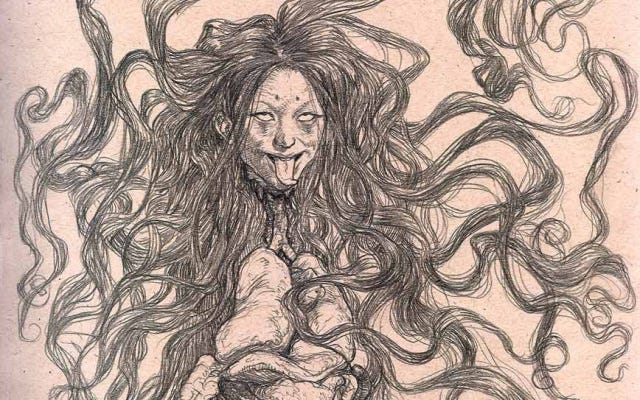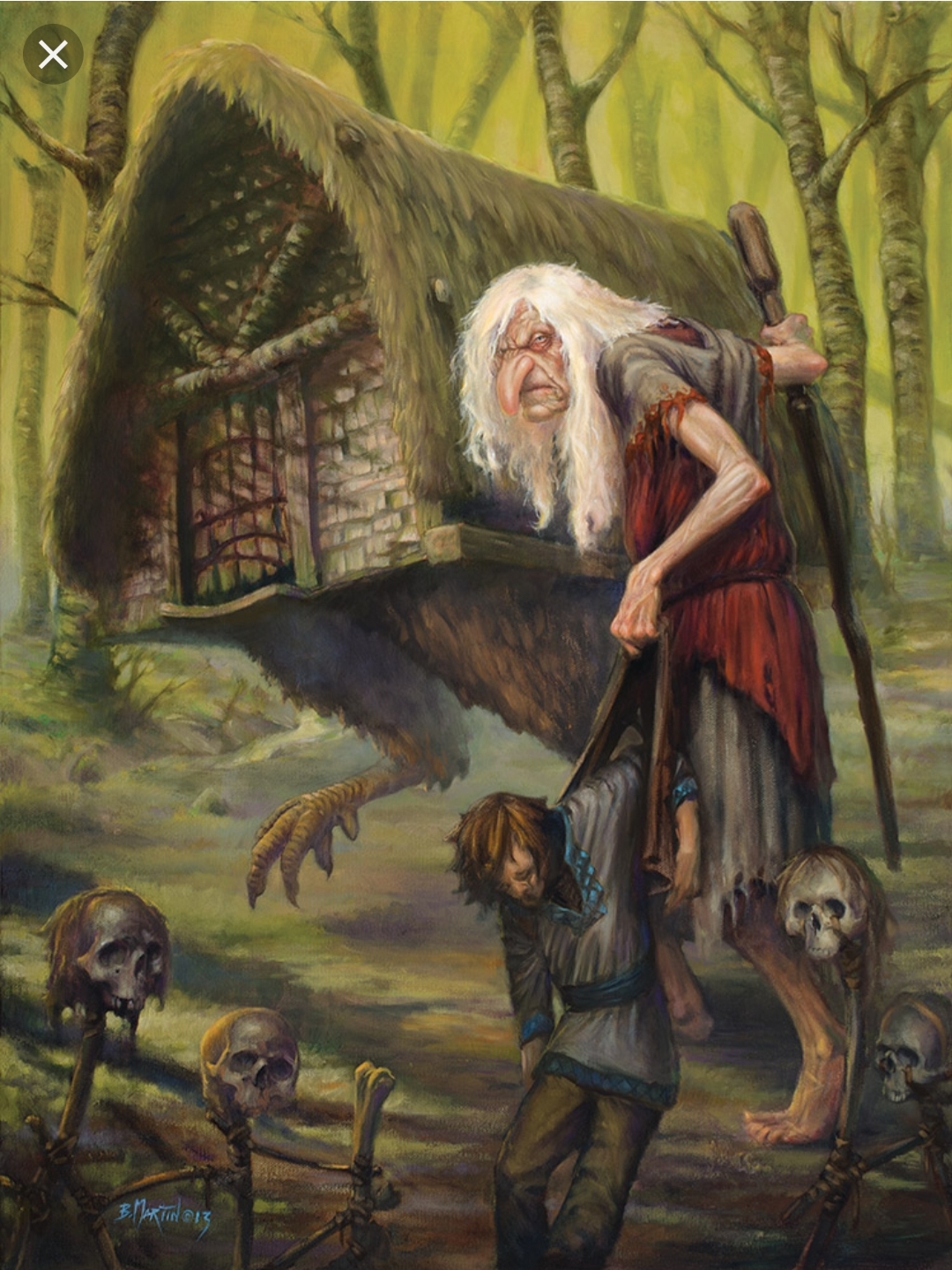As darkness descended upon the village, the Penanggalan Vampire emerged from its hidden lair. With its elongated tongue and sharp fangs, it slithered through the night, seeking the scent of blood. Its detached head, illuminated by the pale moonlight, floated silently through the air, casting a haunting shadow upon the unsuspecting homes below. The Penanggalan’s insidious hunger drove it to find its prey, targeting pregnant women and defenseless infants, leaving a trail of terror and devastation in its wake.
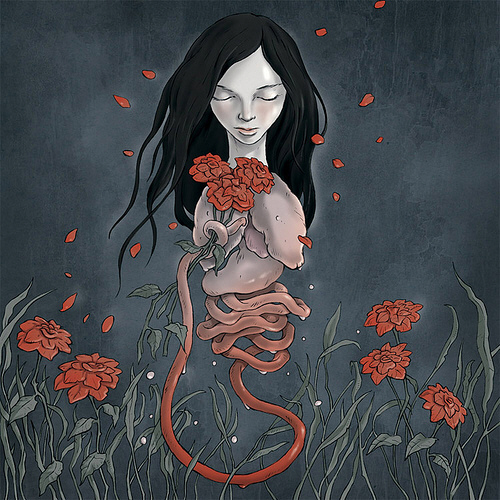
Introduction
Deep within the rich tapestry of Southeast Asian folklore lies the bone-chilling legend of the Penanggalan Vampire. Also known as the Penanggal, this supernatural creature is said to haunt the nights, terrorizing unsuspecting victims with its gruesome appearance and insatiable thirst for blood. In this article, we delve into the dark realms of Malaysian mythology to explore the origins, characteristics, and eerie tales surrounding the Penanggalan. Brace yourself as we unravel the haunting story of this malevolent creature and the fear it instills in those who dare to encounter it.
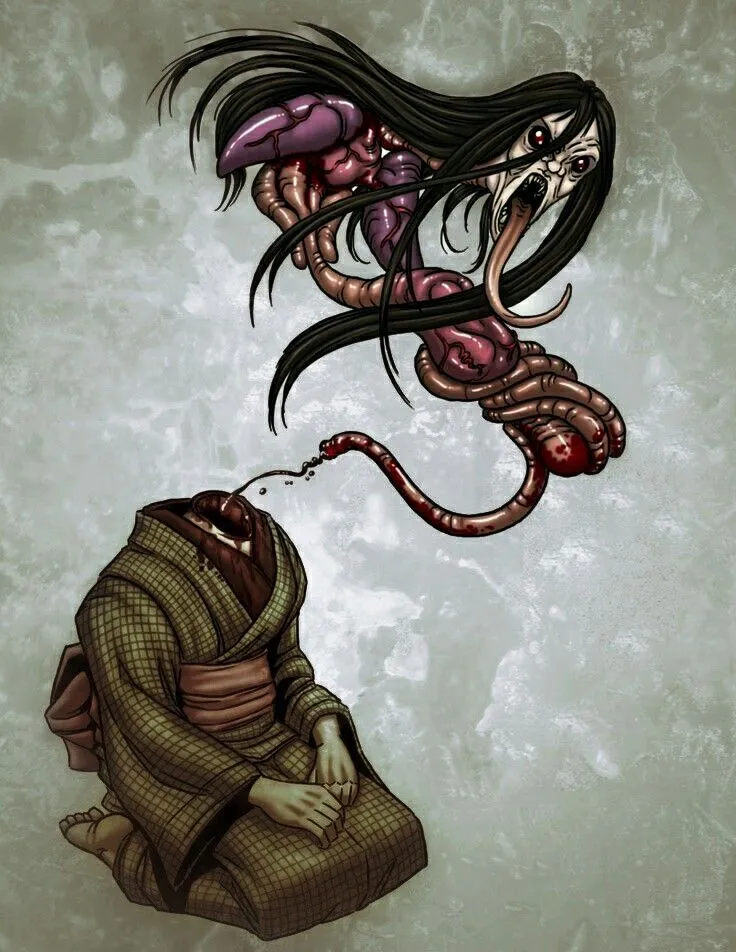
Origins and Appearance
The legend of the Penanggalan Vampire finds its roots in the folklore of Malaysia, particularly within Malay and Peranakan communities. It is believed to have originated during the 17th or 18th century and has since become a prominent figure in local supernatural lore.
The Penanggalan is described as a female vampire-like entity, known for its unique ability to detach its head and organs from its body. By night, this monstrous creature roams in search of human blood. During the day, the Penanggalan disguises itself as an ordinary woman, concealing its true form from the prying eyes of the unsuspecting community.
When the sun sets, however, the Penanggalan undergoes a horrifying transformation. Its head, along with the entrails still attached, detaches from its body and floats through the night air, resembling a grotesque, flying creature. The sight of a disembodied head with dangling organs strikes terror into those who witness it.
The Penanggalan’s appearance is often described as both grotesque and captivating. Its head is said to have sharp fangs, glowing eyes, and a malevolent grin. The sight of its internal organs, dripping with blood and fluids, intensifies the horror of encountering this vampiric entity.

The Haunting Tales
The Penanggalan is associated with various haunting tales that have been passed down through generations. These stories depict the Penanggalan as a ruthless predator, preying on pregnant women and newborn infants. It is said that the Penanggalan is attracted to the scent of blood and the vulnerable nature of childbirth.
According to the folklore, the Penanggalan uses its elongated, flexible tongue to access the homes of its victims. It slithers through cracks and keyholes, seeking out the pregnant woman or the newborn child to satisfy its insatiable hunger. The Penanggalan’s long tongue punctures the skin, extracting blood from its victims.
The mere mention of the Penanggalan strikes fear into the hearts of expectant mothers and caretakers of infants. To protect themselves from this malevolent creature, communities have developed various rituals and precautions. These include placing thorny plants, such as pineapple leaves, around the house or hanging a sieve at the entrance to deter the Penanggalan. Additionally, offerings and incantations are made to ward off the entity’s presence.
The Penanggalan’s story often serves as a cautionary tale, emphasizing the consequences of forbidden practices or the dangers of jealousy and envy. It is said that the Penanggalan may be a woman who has resorted to dark magic or made a pact with supernatural forces, resulting in her transformation into this monstrous creature.
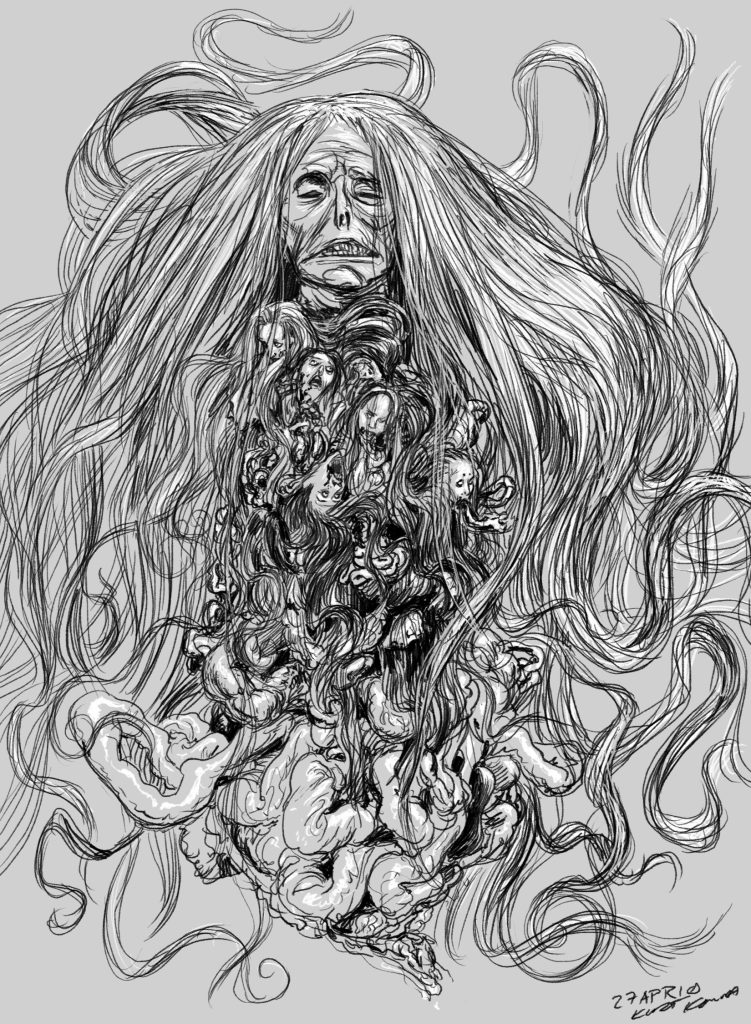
Cultural Significance and Modern Interpretations
The legend of the Penanggalan Vampire continues to be a significant part of Malaysian folklore and popular culture. Its presence can be felt in literature, film, and various art forms. The terrifying image of a detached head with trailing organs resonates with individuals fascinated by the macabre and supernatural.
The Penanggalan’s tales also offer a glimpse into the cultural beliefs and societal anxieties of the time. The fear of childbirth complications, the vulnerability of pregnant women and infants, and the consequences of dabbling in dark magic are recurring themes within the legend.
In modern times, the Penanggalan has found its place in horror stories, movies, and even video games, further cementing its status as an iconic figure of terror. These interpretations often draw upon the creature’s gory appearance and predatory nature to evoke fear and suspense.
Conclusion
The legend of the Penanggalan Vampire, with its detached head and trailing organs, represents a haunting presence within Malaysian folklore. Its tales of terror serve as cautionary reminders of the consequences of forbidden practices and the vulnerability of pregnant women and infants. The enduring popularity of the Penanggalan in literature, film, and popular culture demonstrates its enduring hold on the imagination of individuals fascinated by the macabre and supernatural.
As the Penanggalan continues to be depicted in various forms of media, its grisly appearance and insatiable thirst for blood serve as a chilling reminder of the darkness that resides within folklore. So, beware the night, for the Penanggalan may be lurking in the shadows, ready to unleash its terror upon those who dare to cross its path.
Penanggalan in Pop Culture
- Penanggalan is featured in the roleplaying game Dungeons & Dragons.
- The movie Mystics in Bali from 1981 is based on the Penanggalan legend.
- Season 3 Episode 6 of the Shudder original series Creepshow features a Penanggalan.
- In the comic books Hellboy, The Penanggalan is featured in a short story.


